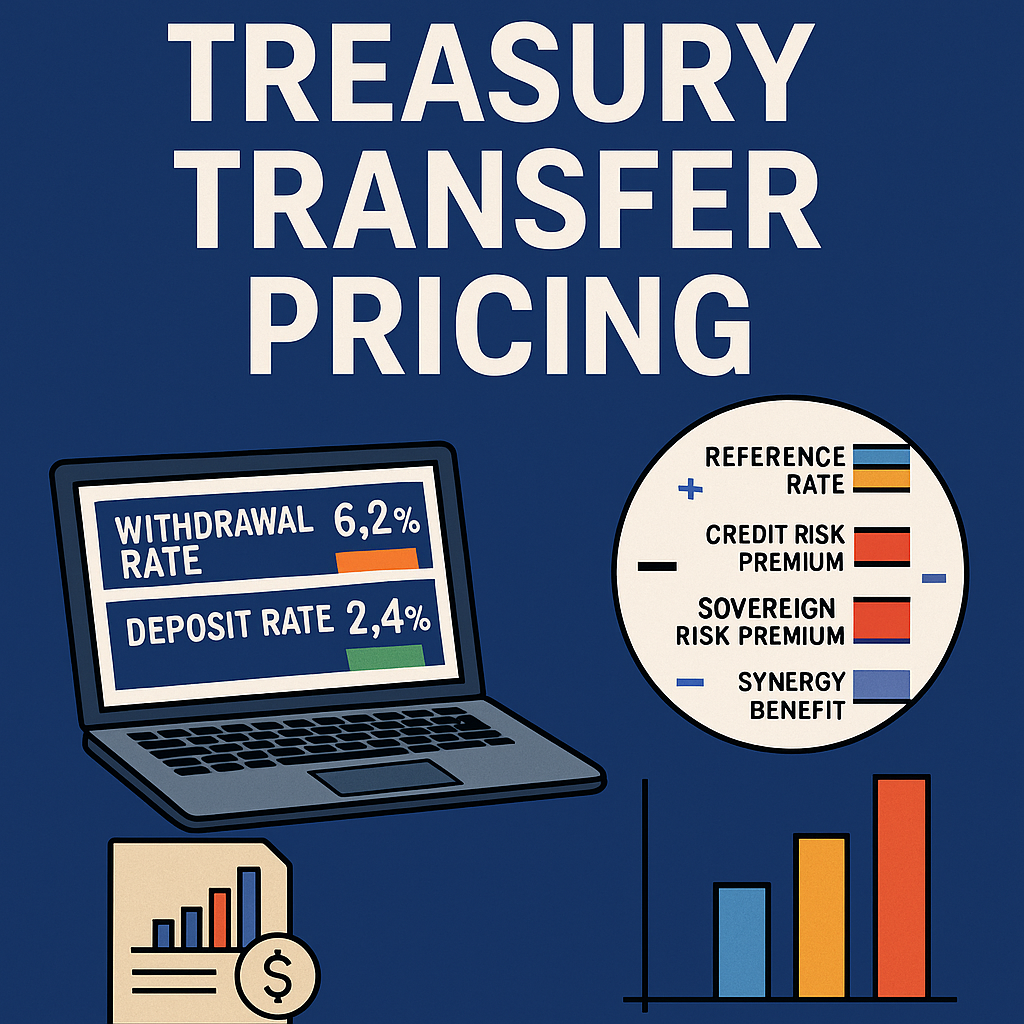Introduction
Technology is a transformative force in cash flow forecasting, providing tools that enhance precision, efficiency, and adaptability. From real-time data integration to AI-powered analytics, modern technologies empower organizations to predict cash flows with unprecedented accuracy. This chapter explores the key technological advancements and their applications in forecasting.
- Technologies Driving Forecasting Accuracy
1.1 Treasury Management Systems (TMS)
- Features:
- Centralized dashboards for cash flow visualization.
- Automation of data collection and forecast generation.
- Examples: Kyriba, SAP Treasury, FIS Quantum.
1.2 Predictive Analytics
- Applications:
- Use historical data and algorithms to identify trends.
- Provide insights into seasonal cash flow patterns or cyclical revenue streams.
1.3 Artificial Intelligence (AI) and Machine Learning
- Capabilities:
- Adapt to changes in data inputs to refine forecasts.
- Automate identification of anomalies and opportunities.
1.4 Real-Time Data Integration
- Sources:
- Bank account feeds.
- Enterprise Resource Planning (ERP) systems.
- Payment and invoicing platforms.
- Benefits:
- Ensures forecasts reflect the latest financial data.
- Reduces reliance on outdated information.
1.5 Cloud-Based Collaboration Tools
- Purpose: Enable cross-departmental collaboration for accurate and consistent forecasts.
- Examples: Anaplan, Adaptive Insights.
- Benefits of Technology in Forecasting
- Enhanced Accuracy:
- Reduces manual errors and inconsistencies.
- Improved Efficiency:
- Automates data gathering and processing.
- Scalability:
- Supports forecasting for large, complex organizations.
- Proactive Risk Management:
- Provides early warnings for potential cash shortfalls.
Conclusion
By leveraging technology, businesses can elevate the precision and reliability of their cash flow forecasts. The integration of advanced tools and systems is no longer optional—it is essential for competitive and operational success.







Leave a Comment
You must be logged in to post a comment.